The 5 Best Roofing Companies in Fayetteville, NC for 2024
How do you find the best roofers? Ask an experienced roofing contractor who knows all the other roofing contractors in Fayetteville NC!
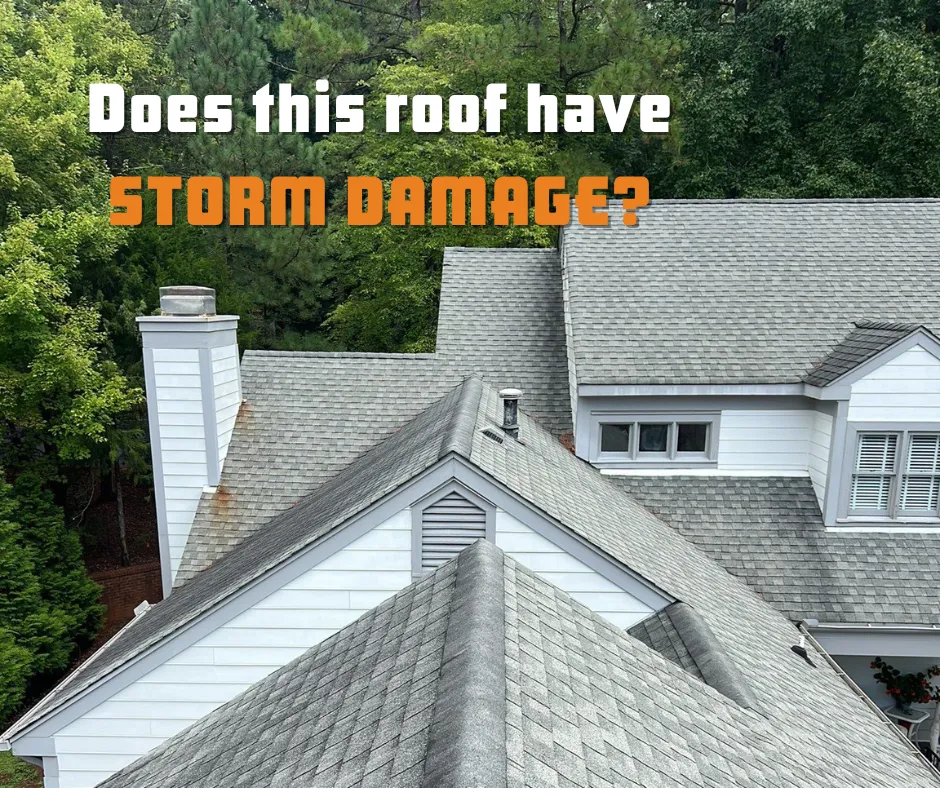
If you’ve recently experienced a storm, you should probably take some time to investigate your roof for signs of damage left by that storm.
Right after a storm is typically when us roofing companies are busiest. It’s when homeowners find that some preexisting damage was exposed by the wind and rain, leaving their home a bit more wet than they’d like.
What can you do after a storm? In our opinion, if there’s no immediate leak, the best thing to do is to walk around your property, and check for signs that the storm left some damage to your things, and especially your roof.
In order to help you do that, we wrote this blog to break down common signs of storm damage, including:
Let’s get started!
While it may not be the most immediate concern when assessing storm damage, strong winds can wreak havoc, particularly if your roof is older or has previously endured damage. The initial indicator that your home has suffered wind damage often manifests as a section of missing shingles. This is especially common with three-tab asphalt roofs, where wind can lift the edges of shingles as their adhesive sealant weakens over time. Additionally, you might notice horizontal lines of granule loss caused by driving straight-line winds, which can increase the likelihood of future damage and leaks in those areas. Even if the wind hasn't completely torn off shingles, you may spot creases where flaps were bent and weakened, making them susceptible to being torn off during the next significant storm.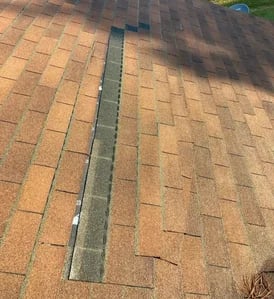
If you're unsure whether the winds were strong enough to cause such damage, survey your yard and property for loose debris or displaced decorations and furniture. The presence of scattered branches or yard decor suggests that the wind reached sufficient speeds to potentially wreak havoc on your roof. Although architectural and luxury shingles are generally less vulnerable to wind damage than three-tab shingles, they can still be affected, especially if they've already sustained damage from hail or other airborne debris.
If your home is caught in a hailstorm, you can usually identify the damage areas by looking for cracked or broken shingles where the hail impacted the roof. Additionally, hail can create dents in your shingles, which can accelerate wear in those regions. Since hail is effective at denting metal, you may also notice damage on roof penetrations like vents and pipe boots, as well as on your gutters.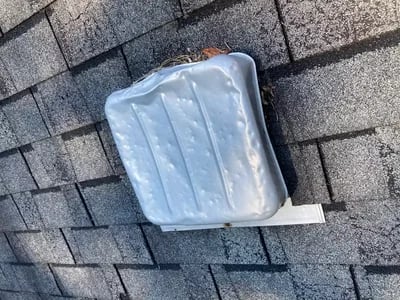
If you spot this type of damage on your roof, it's crucial to act promptly, as it tends to worsen over time. Dented and bruised shingles may develop cracks, and severe damage to gutters and vents could impair their functionality, leading to ventilation and gutter system issues.
Another significant problem that often arises during the winter, particularly in regions with cold weather, is the formation of ice dams. While we've covered this topic in detail in a separate blog, we'll provide an overview here as well. An ice dam is a ridge of ice that forms along the edge of your roof, obstructing the proper drainage of melted snow and ice into your gutters. This phenomenon is typically caused by an inadequately ventilated attic that retains too much heat, leading to snowmelt running down the roof before freezing again along the cooler roof edge. Ice dams can result in substantial water accumulation on your roof, potentially finding its way beneath your shingles or causing significant wear and granule loss.
After your roof sustains damage from wind, hail, or other factors, water damage becomes a significant concern. If wind has lifted or blown off shingles, or if hail has cracked them, water can more easily penetrate your roof's protective layers and access vulnerable areas like your roof decking and attic.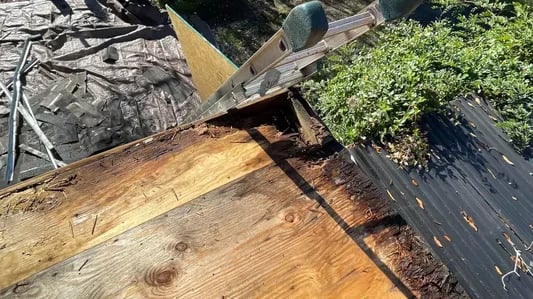
These sensitive regions are precisely where the damage will manifest. If you have an older roof, it's important to inspect your attic after a substantial rainstorm. You may observe patches of decking that appear darker than before or have begun to deteriorate. This occurs because a leak has developed in your roof, resulting in water damage to the decking.
It's crucial to address this issue promptly, as structural water damage will accumulate over time, compromising the integrity of your roof and increasing the risk of a roof collapse. Swift action is essential to prevent further deterioration and extensive repairs.
Tree and debris damage are significant concerns for roofs, particularly during storms. High winds can lead to branches, limbs, or entire trees being blown over or crashing onto roofs, potentially causing severe damage.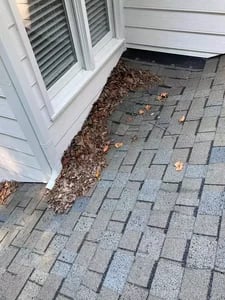
When a branch or limb lands on your roof, it can create similar issues to hail damage, including cracking and scuffing of shingles, but often on a larger scale. In such cases, it's crucial to schedule an inspection promptly to assess and address the damage. This inspection helps determine the extent of the damage and identifies any hidden issues that may have arisen.
Larger limbs or entire trees can cause immediate structural damage to your roof, such as damaging the decking and frame. In these situations, it's advisable to enlist the services of a disaster restoration company, as these professionals are equipped to handle extensive repairs and restore the structural integrity of your roof and home. Addressing tree and debris damage swiftly is essential to prevent further complications and ensure the safety and functionality of your roof.
Now that you’ve read this blog, I hope you feel more equipped to inspect your own roof after a storm hits.
If you’re experiencing a leak, or you’ve noticed some damage on your roof, don’t hesitate to reach out to a roofing contractor to get your roof inspected! You won’t want to let any potential damage sit for long, as it can lead to more leaks and severe damage in the future.
On Tops Roofing has been working with Raleigh, NC homeowners for their roofing projects since 1991! Whatever your roof requires, We’re on it!

How do you find the best roofers? Ask an experienced roofing contractor who knows all the other roofing contractors in Fayetteville NC!
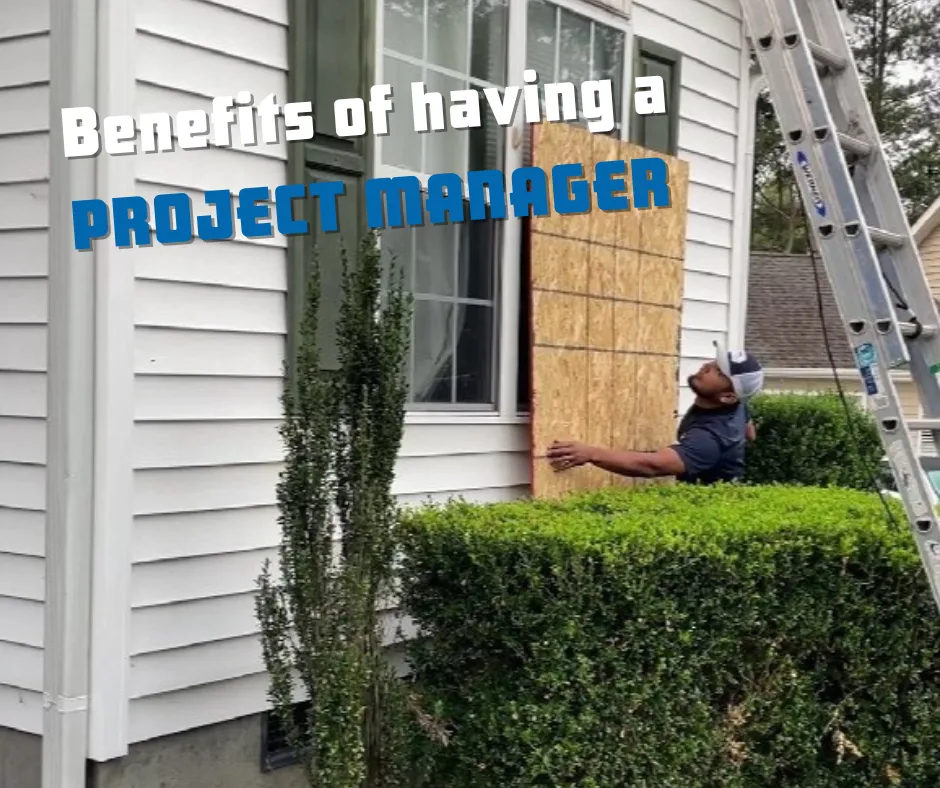
A roof replacement is a substantial undertaking, and the key to a successful project often lies in the hands of the project manager. This individual...

If you’ve recently experienced a storm, you should probably take some time to investigate your roof for signs of damage left by that storm.